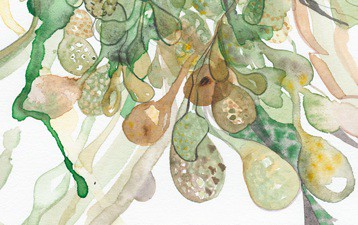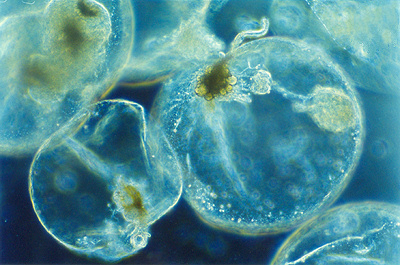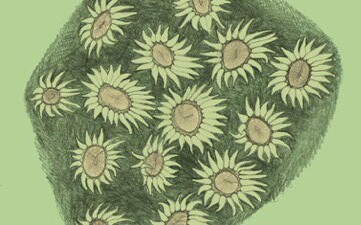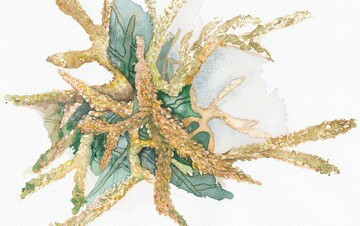World Science Festival Coral Reef Deck
2012 – (See cards | Deck Info | Download | Purchase)…
The WSF Coral Reef Deck was produced in collaboration with the 2012 World Science Festival‘s coral reef exhibit, Reefs As Never Before Seen. The exhibit premiered on May 31st, 2012, at the American Museum of Natural History in New York City. The game consists of 39 different cards, and would be considered an advanced version of the game given the less familiar complexity involved in marine ecosystems.

Brown macroalgae
Sargassum spp.


3 POINTS
• Sargassum spp. is an ALGAE and PLANKTON SPECIES.

Brain Coral
Diploria strigosa


6 POINTS
• Acropora millepora is a WARM WATER CORAL SPECIES.
• It is a SUSPENSION FEEDER, and must be played adjacent to at least 1 ZOOXANTHELLAE PLANKTON SPECIES

Sea Sparkle
Noctiluca scintillans



5 POINTS
Play: The bioluminescence Noctiluca scintillans is a PLANKTON that feeds off of other PLANKTON SPECIES.
Play: It must be played adjacent to at least 1 compatible PLANKTON SPECIES.

Venus Sea Fan
Gorgonia flabellum


6 POINTS
• Gorgonia flabellum is a WARM WATER CORAL SPECIES.
• It is a SUSPENSION FEEDER, and must be played adjacent to at least 1 ZOOXANTHELLAE PLANKTON SPECIES.

Great Star Coral
Monastrea cavernosa


6 POINTS
• Monastrea cavernosa is a WARM WATER CORAL SPECIES.
• It is a SUSPENSION FEEDER, and must be played adjacent to at least 1 ZOOXANTHELLAE PLANKTON SPECIES.

Staghorn Coral
Acropora millepora


6 POINTS
• Acropora millepora is a WARM WATER CORAL SPECIES.
• It is a SUSPENSION FEEDER, and must be played adjacent to at least 1 ZOOXANTHELLAE PLANKTON SPECIES